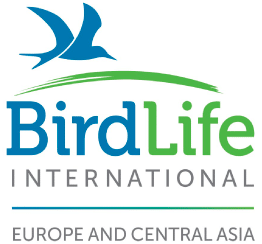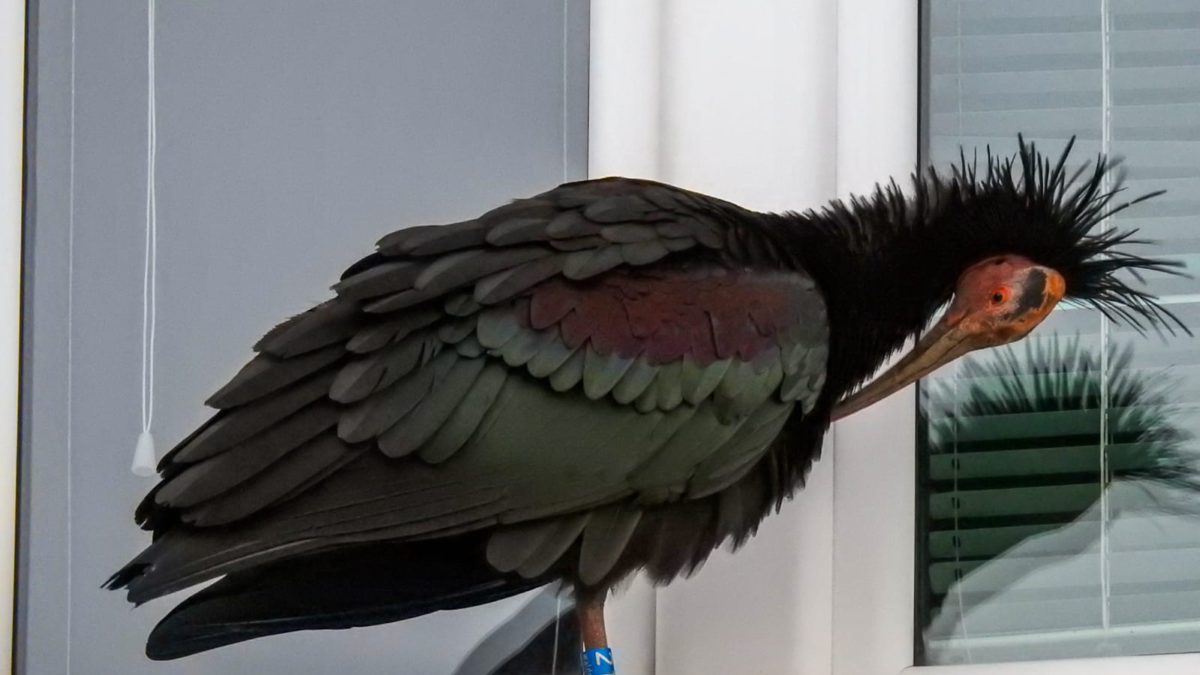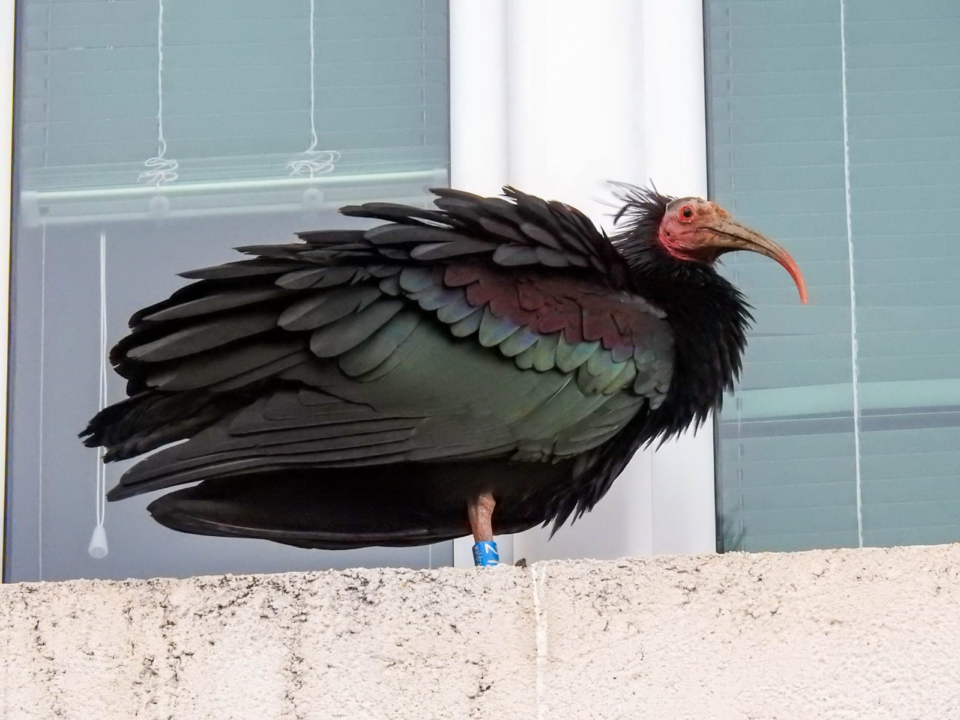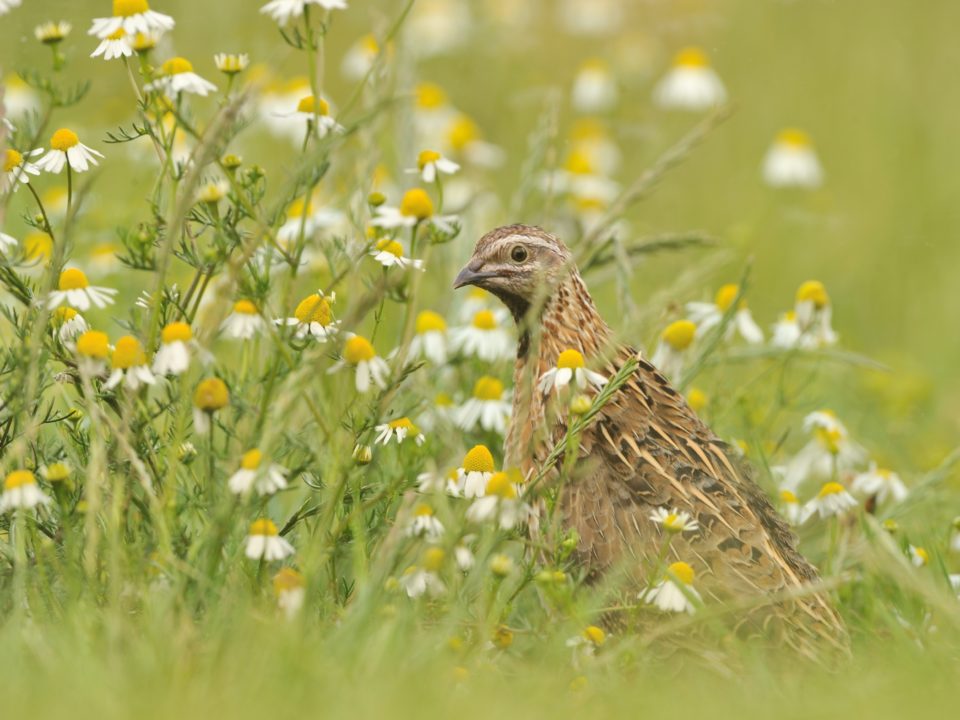Gipsy, the female Northern Bald Ibis that violently died in the Neretva delta on March 5th, was most likely hit on the head by an object. According to the Croatian Veterinary Institute, the institution that conducted the autopsy, “she most likely died as a result of a traumatic brain injury caused by blunt trauma to the occipital part of the head.”
But on Monday 3th of April, the police stated in the Croatian media that the bird died of a stroke. It remains unclear how they interpreted the traumatic brain injury as such.
The Police Department of Dubrovnik-Neretva County, upon inquiry from Association Biom , informed “that the police officers of the corresponding police station conducted an investigation at the scene, which found no gunshot wounds on the bird carcass, and the autopsy determined that the cause of death was a stroke.” Also, the police stated that “in consultation with the competent state attorney’s office, it was established that there are no elements of a criminal offense in this particular case.”
It is possible to assume that such a conclusion was based on the absence of gunshot wounds and bullets during the autopsy. However, the crucial fact is that Gipsy was not afraid of people and could be approached at a short distance without any problems but this was ignored during the investigation. Photos sent to Biom, BirdLife’s Croatian Partner, by the citizens of Nerežišće, Komin and Opuzen testify to this as the bird was photographed at peoples’ homes.
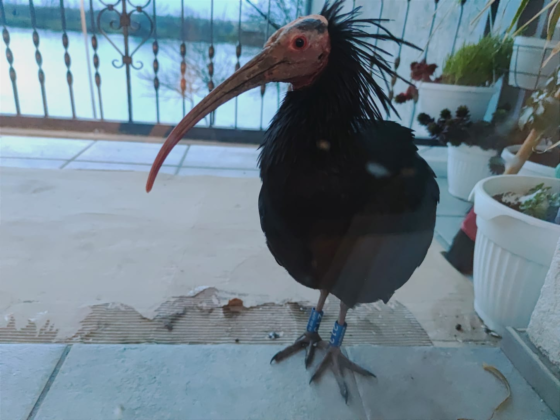
In its findings, the Croatian Veterinary Institute noted that poisoning of the animal cannot be ruled out and recommended that a further toxicological analysis be carried out in an authorized toxicological laboratory. Biom hopes that the samples will be sent for toxicology analysis to clarify whether poisoning could have led to the death of the Northern Bald Ibis. Since the discovery of the bird carcass, the Biom has appealed to several institutions to send samples for toxicological analysis. This is especially important because dead cows were found nearby, for which, according to our knowledge, a toxicological analysis has not yet been performed.
It’s important to note that the Criminal Law of the Republic of Croatia, in article 200, which refers to the destruction of protected natural values, expressly states: “Whoever kills, destroys, owns, captures or takes an individual of a protected taxon of animals, plants or fungi or another protected natural value against the regulations, shall be punished by imprisonment for up to three years.” Furthermore, whoever commits such a crime against a strictly protected wild species faces a prison sentence of six months to five years.
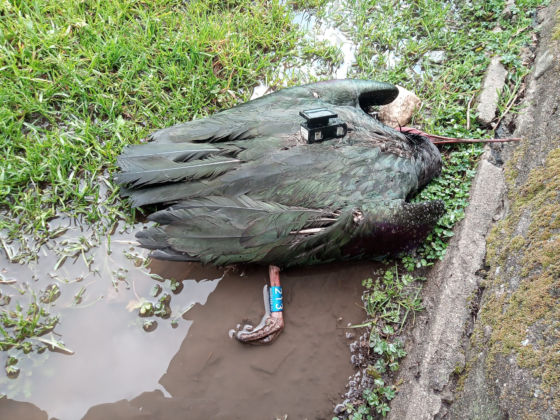
photo: Biom
The Northern Bald Ibis is a migratory species that has become extinct in Europe, and today it is one of the most endangered bird species in the world. As part of the LIFE Northern Bald Ibis project, attempts are being made to re-establish its population in Europe. Ibises from this reintroduction program spend the winter in Italy. However, some individuals try to overwinter on the Croatian coast of the Adriatic, but they die in the process, despite the efforts made to preserve them.
At the beginning of 2020, four ibises were killed in Croatia, two of which were poached near the Vransko Lake Nature Park. Although this unimaginable case had a great resonance in the public, these killings unfortunately did not end with a criminal report. We hope that the same will not happen in the case of Gipsy, and we hope that the birds inhabiting Croatia will never be victims of crimes again.
Written by Association BIOM
